Australian Hi Vis Standards; what are they and do you comply?
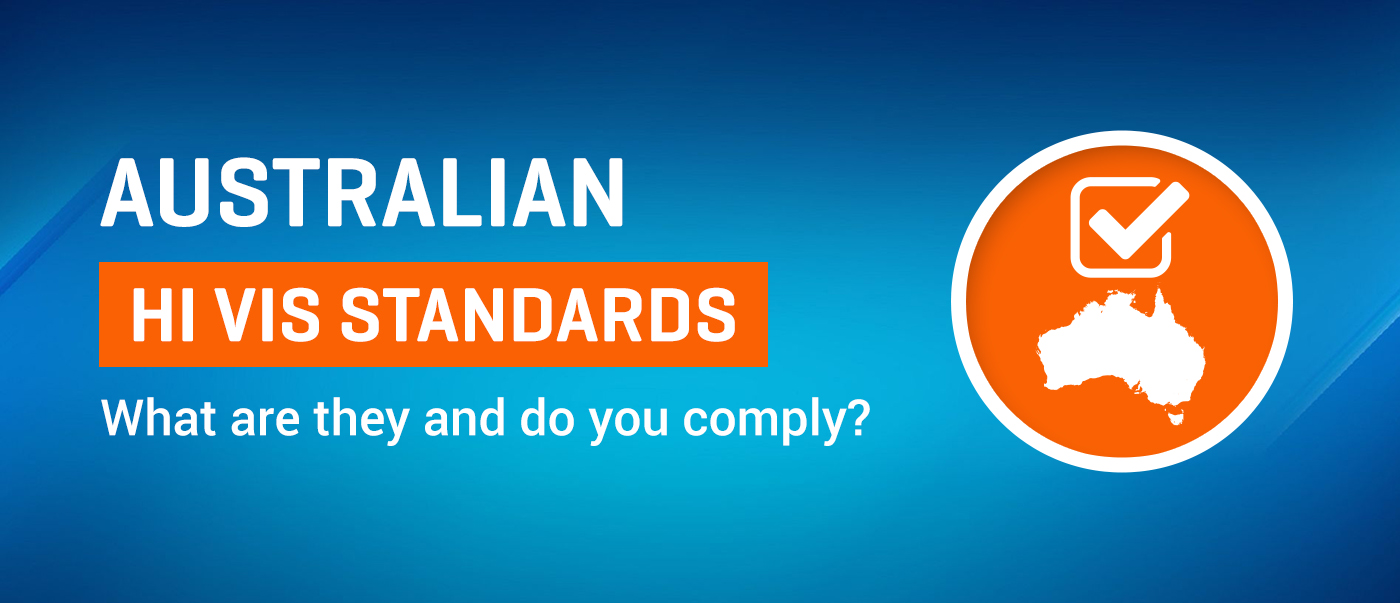
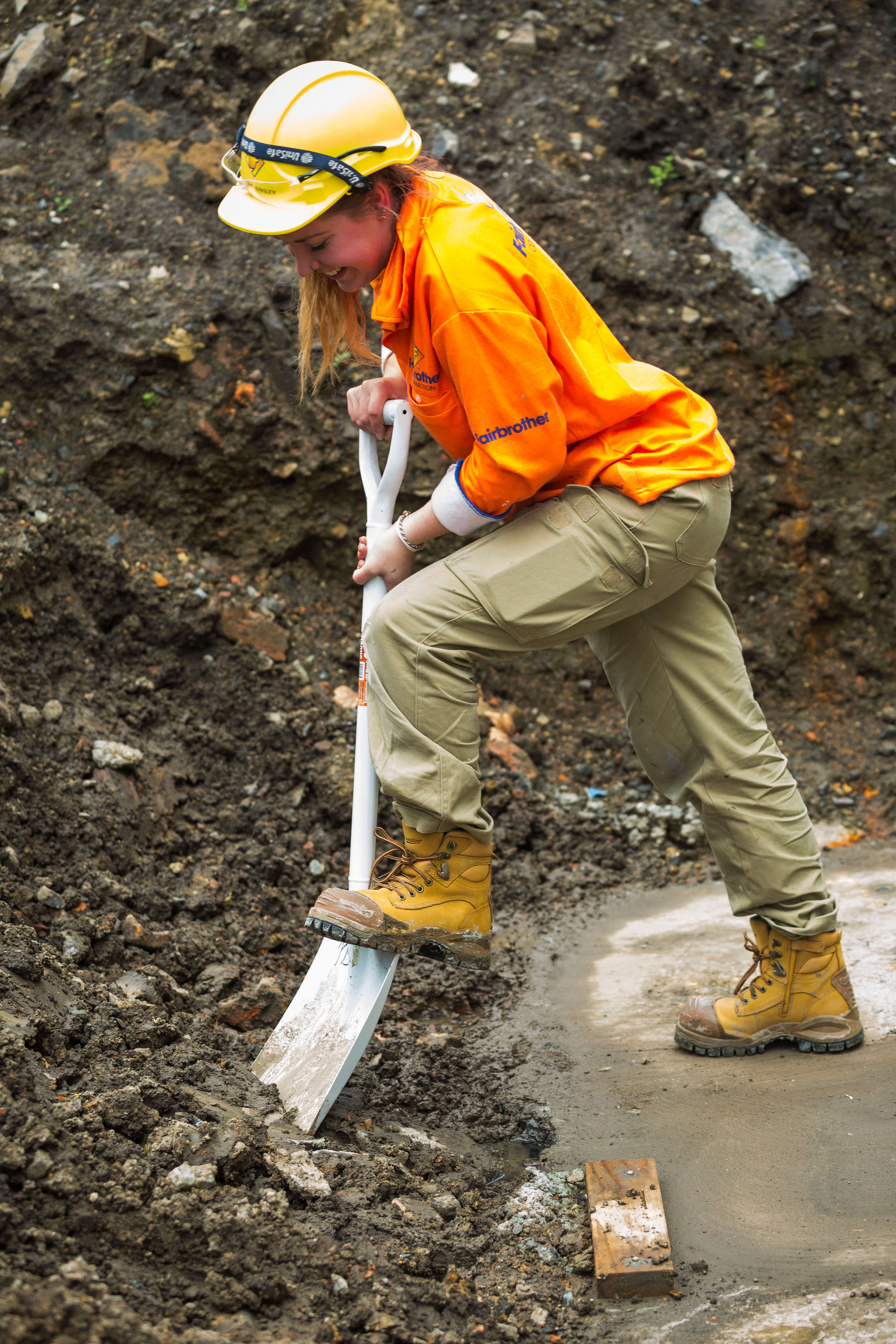
Hi Vis clothing has become an industry ‘norm’ in Australia and throughout most of the world. Anyone ‘on the job’ is expected and required to wear it to remain visible to moving vehicles or machinery. However, it is important to understand the legislative requirements and standards to ensure your staff are wearing high visibility gear that is compliant. Just because their shirt is bright yellow doesn’t always mean they are compliantly dressed and safe from harm!
CAUTION: Watch out for Dodgy Hi Vis!
While all hi vis gear may look the same, there are some ‘dodgy’ brands of garments available in Australia that are non-compliant and unsafe to use. Manufacturing clothing to meet or surpass the AS/NZS standards is not always cheap, so some companies are willing to compromise on safety in order to maximise profits. As a reseller and manufacturer of high visibility clothing, we refuse to stock ‘cheap and nasty’ brands that are not compliant, so you can be sure our range is safe!
This article will run over the standards that relate to workwear and clothing, what they mean and how you can ensure the clothing you fit your team out with is compliant.
The Standards Explained
There are a couple of main standards regarding high visibility garments.
AS/NZ 4602.1: 2011 High visibility safety garments – Garments for high risk applications
This standard specifies the design of the garments used by employees who are exposed to hazards from moving vehicles, equipment or other high-risk situations. There are different classes within the Standard for different times of day:
- C
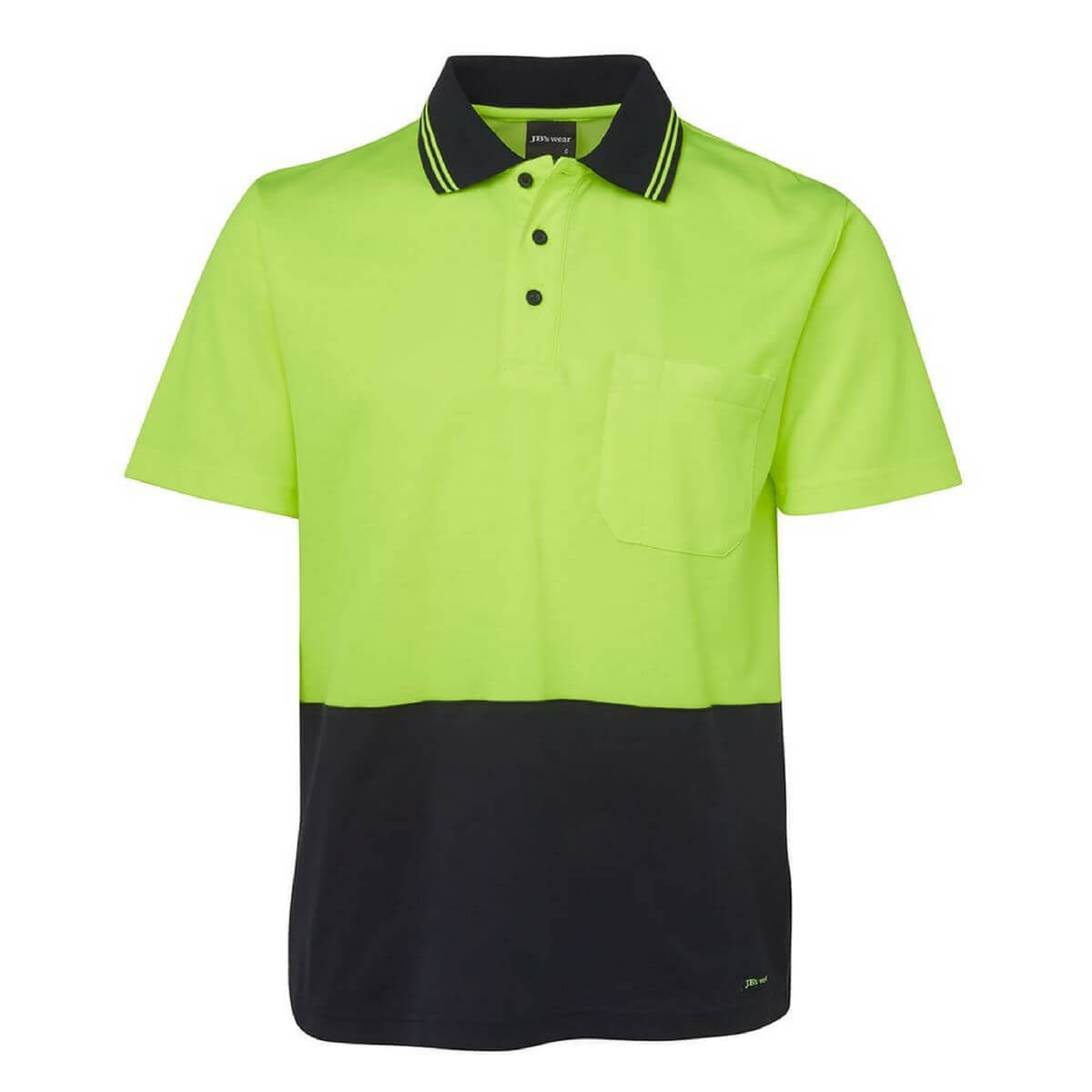 lass D – These garments are designed for use in the daytime only. They provide the wearer with high visibility under daylight conditions but are generally ineffective in providing visibility in darker environments. A typical example of a Class D compliant garment is a yellow/navy polo without tape. To meet this standard the garment must:
lass D – These garments are designed for use in the daytime only. They provide the wearer with high visibility under daylight conditions but are generally ineffective in providing visibility in darker environments. A typical example of a Class D compliant garment is a yellow/navy polo without tape. To meet this standard the garment must:
- Have an approved colour of hi visibility material that encircles the entire upper torso. The colours specified in the standard are Orange-red, Red, Yellow, Orange and Yellow (restricted).
- The fluorescent fabric should cover at least 0.4m2 of the upper torso.
- Logos or text printed onto the garments cannot be included in the 0.4m2. Generally, a logo that is no larger than 10cm x 10cm shouldn’t affect the compliance of the garment.
- C
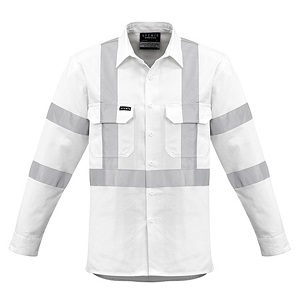 lass N – These garments are designed to provide high visibility in the dark when viewed under retroreflected light, such as vehicle headlights. The AS/NZ 1906.4: 2010 standard discussed in the next dot point specifies which types of reflective material are compliant and the minimum number of washes they remain complaint for. To meet night compliance requirements the tape must be a minimum of 50mm wide, and is commonly in a Hoop, X back or H pattern. The colour of background material used on the garment is not specified in the Standard. An example of a Class N compliant garment could be a black security jacket with reflective tape.
lass N – These garments are designed to provide high visibility in the dark when viewed under retroreflected light, such as vehicle headlights. The AS/NZ 1906.4: 2010 standard discussed in the next dot point specifies which types of reflective material are compliant and the minimum number of washes they remain complaint for. To meet night compliance requirements the tape must be a minimum of 50mm wide, and is commonly in a Hoop, X back or H pattern. The colour of background material used on the garment is not specified in the Standard. An example of a Class N compliant garment could be a black security jacket with reflective tape. 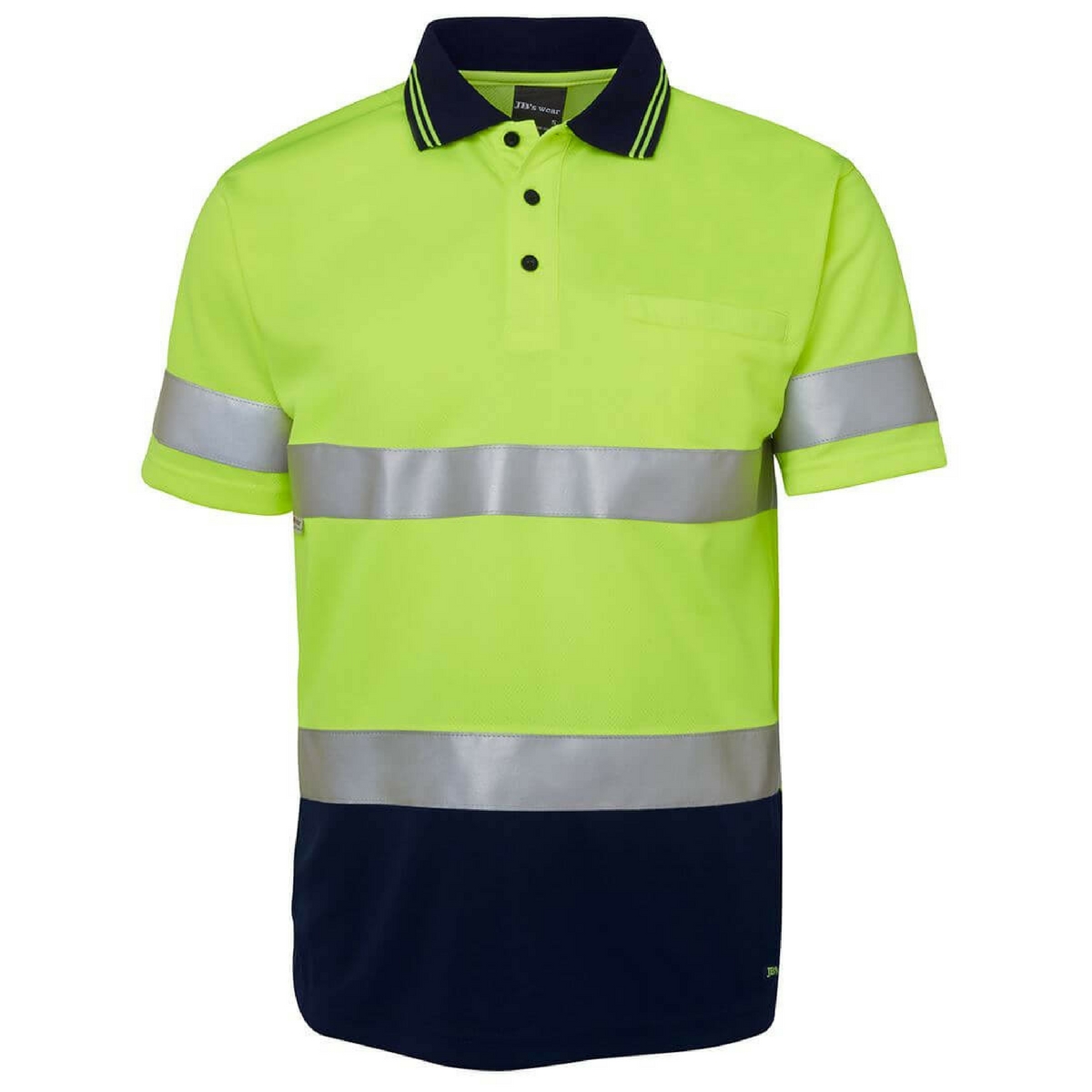 Class D/N – These garments meet both the day and night requirements we’ve outlined above. An example of a D/N compliant garment is a hi vis yellow polo with reflective tape.
Class D/N – These garments meet both the day and night requirements we’ve outlined above. An example of a D/N compliant garment is a hi vis yellow polo with reflective tape.
AS/NZ 1906.4: 2010 Retroreflective materials and devices for road traffic control purposes – High visibility materials for safety garments. (plus Amendment 1; 2014)
We’ve already mentioned this standard, but it specifies the photometric, colorimetric and physical properties for the various high visibility materials. It categorizes materials into three classes:
- Class F – Fluorescent fabric for Day Use Only (i.e. hi vis yellows, oranges etc.)
- Class R – Reflective fabric for Night Use Only (i.e. 3M reflective tape). It is important to understand the impact of washing Class R materials. The washing process slowly disintegrates the reflective properties of the material. Most reflective tapes used in Australia only remain compliant for about 30 washes.
- Class RF – Both Fluorescent and Reflective fabric for Day/Night Use (i.e. the yellow reflective tape used on VicRoad’s clothing)
There is an additional classification of ‘W’ for wet compliance, which is normally only relevant for rain-wear garments.

Suitable Applications for High Visibility Garments
So far, we’ve covered how to ensure you purchase compliant high visibility clothing. It is also your responsibility to ensure the application of the clothing is suitable. The Standard has the following recommendations to ensure your team is using the gear correctly.
- Have company procedures and policies in place to ensure items are worn correctly and that workers understand why garments will be ineffective if not worn correctly and in the appropriate applications,
- Store garments so that fading of fluorescent material and degradation of retroreflective material due to heat are limited,
- Keep garments clean by washing/cleaning according to manufacturer’s instructions, and
- inspecting the garments on a regular basis and replacing them if badly damaged, soiled or faded. “In constant use, garments should be critically examined at 3-month to 6-month intervals.”
It is important to understand the high visibility properties any garment will lessen over time as it fades, stretches and is washed. Following the four recommendations above will ensure you replace your staff’s uniform regularly enough to keep them seen and safe!
UPF Protection
If your employees are working outside in the elements it is your responsibility to provide hi vis clothing that provides UPF protection. The relevant Australian Standard for this is AS/NZS4399 (UV Protection), and you should ensure the UPF rating for the clothing you purchase is in the 40-50+ Excellent Category.

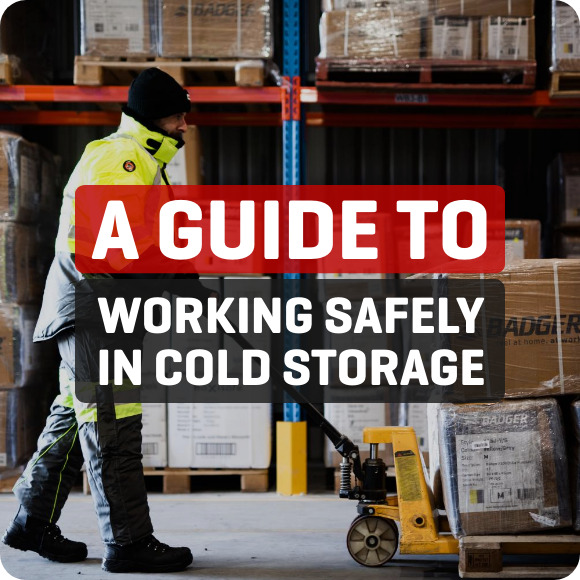
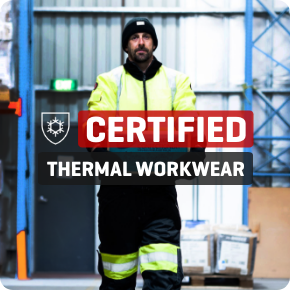


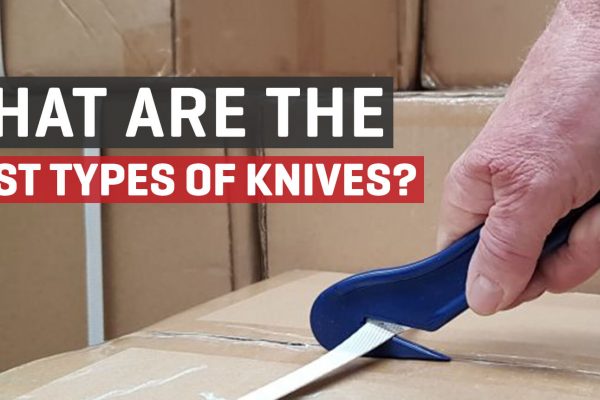
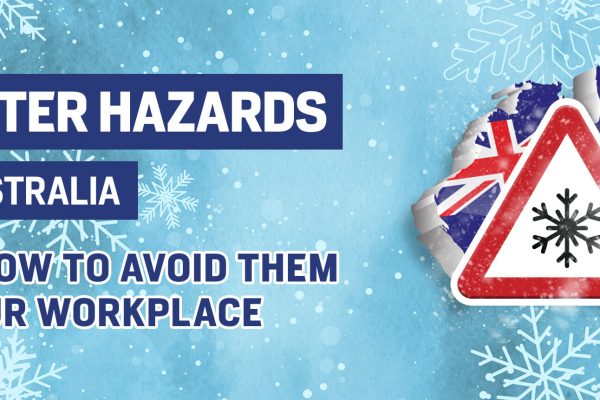
19 Comments. Leave new
Brilliant article, thanks for writing this up.
Can you let us know if the reflective tape on the sleeve is supposed to be at the elbow or between the elbow and the shoulder area on the 2 tone Hi-Vis drill Jackets with 3M Reflective Tape
Thanks for your question, Barry. It doesn’t make any difference as far as the standards are concerned, however most garments have them above the elbow as its more comfy. Tape can restrict movement if its in awkward places.
For example: https://www.badgeraustralia.com.au/product/hivis-long-sleeve-closed-front-dn-cotton-drill-shirt/
Hope that makes sense!
Cheers,
Dwayne
The size of logos on the back of hi vis shirts if they exceed 10cm by 10cm are they still compliant?
Hello Kristy,
Yes. If the back of the shirts are not 2 tone (are completely high vis), a logo can be larger than that.
If you need more info, feel free to give us a call!
Cheers,
Dwayne Devenish
Hi Dwayne,
What is the maximum size a logo can be on the back of a 2 tone high vis shirt? as i can see you have mentioned to Kristy they can be larger then 10cm x 10cm on a full high vis shirt.
Is there a maximum size on a complete high vis shirt?
Hi Dwayne,
If one had a single colour (Orange/green) high vis shirt and was to cut a logo in 3m reflective material for the back, would this account for a percentage of reflective material required for D/N Compliancy ?
Ta
Hello Adrian,
We wouldn’t recommend this. As we state in the article: “To meet night compliance requirements the tape must be a minimum of 50mm wide, and is commonly in a Hoop, X back or H pattern.”
It’s definitely safest to stick with common patterns, such as the Hoop/H pattern, as people will easily recognize these patterns as clothing.
Does that make sense?
Is class D acceptable for use in a well lit indoors environment during nighttime operations?
Hello Mark,
Yes possibly, however you would need to get the actual brightness (in LUX or similar) of the environment tested by a lighting or OHS specialist to ensure it qualifies as day time conditions.
Hello Dwayne, the two “yellow” polos shown as examples for Class D and D/Nabove are not yellow the are lime green.
The polo youare wearing is yellow.
Anyway, could you please advise what colours meet permitted standards in Australia ?
Hello Bill,
As stated in the article, the compliant colours for day environments are:
The colours specified in the standard are Orange-red, Yellow, Red, Orange and Yellow (restricted).
Most man made fabrics (polyesters) are compliant as they are fluroescent (lime green). The standards also allow natural fibres such as cotton to comply (yellow), but they comply under the non-fluroescent hi visibility classification.
Your best bet is to go with well known workwear brands, as you can be confident they chose compliant fabrics.
hi Dwayne,
Can we please know in the Class D, does Australian standard apply for colour only or the fabirc? We want to do a sublimated polo shirt in RED but need to reach the safty standard, so I’m wondering if there is a specific colour number for the RED? or is there any specific requirements for the fabric as well?
Hi
Is pink a recognised colour for the civil industry shirts?
Or does the shirts have to be Orange-red, Yellow, Red, Orange and Yellow
Hi Dwayne
Do you think it will become mandatory in the near future for the pants to also be hi vis as well. Dont understand why its only the topwear. Thanks
Hi there, just wondering for boilermaker/welder overalls with reflective tape on it. Is there an Australian standard for this type of person in regards to breathabilty, flame retardant, fluro etc?
Cheers
I’m wanting to make insect veils that fit over caps and hats and would like to make some out of hi-vis materials (the back would be made from hi-vis). What specifications or regulations apply? I usually make the veils from cotton but am considering polyester if it is suitable weight and airflow wise. Thanks
I have black (reflective tape) shirts for mining. Is there any legislation that says black or single
colour shirts cannot be used in mining?
[…] Vis clothing has become an industry norm for workplaces with hazards from moving vehicles, equipment or other high-risk […]